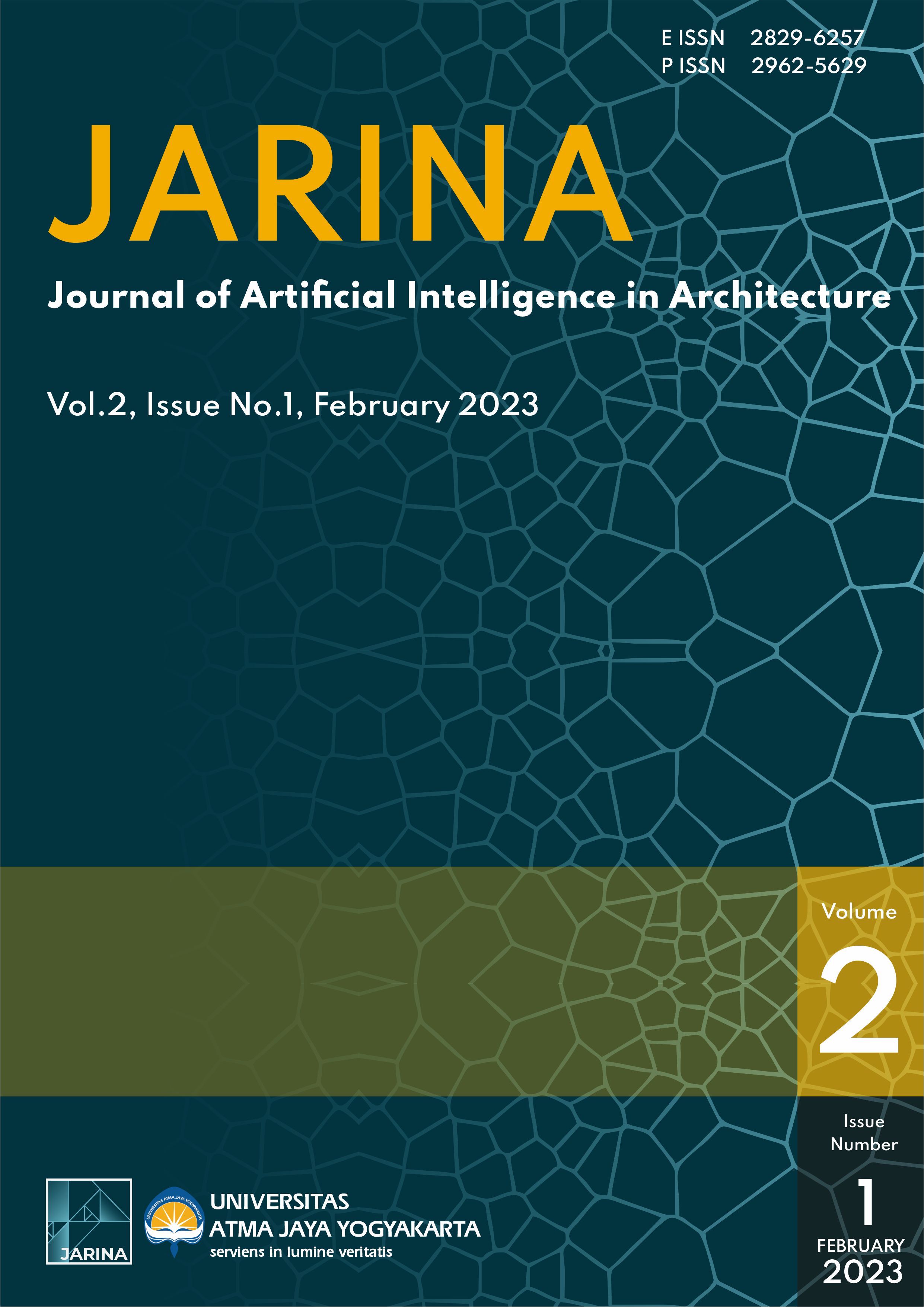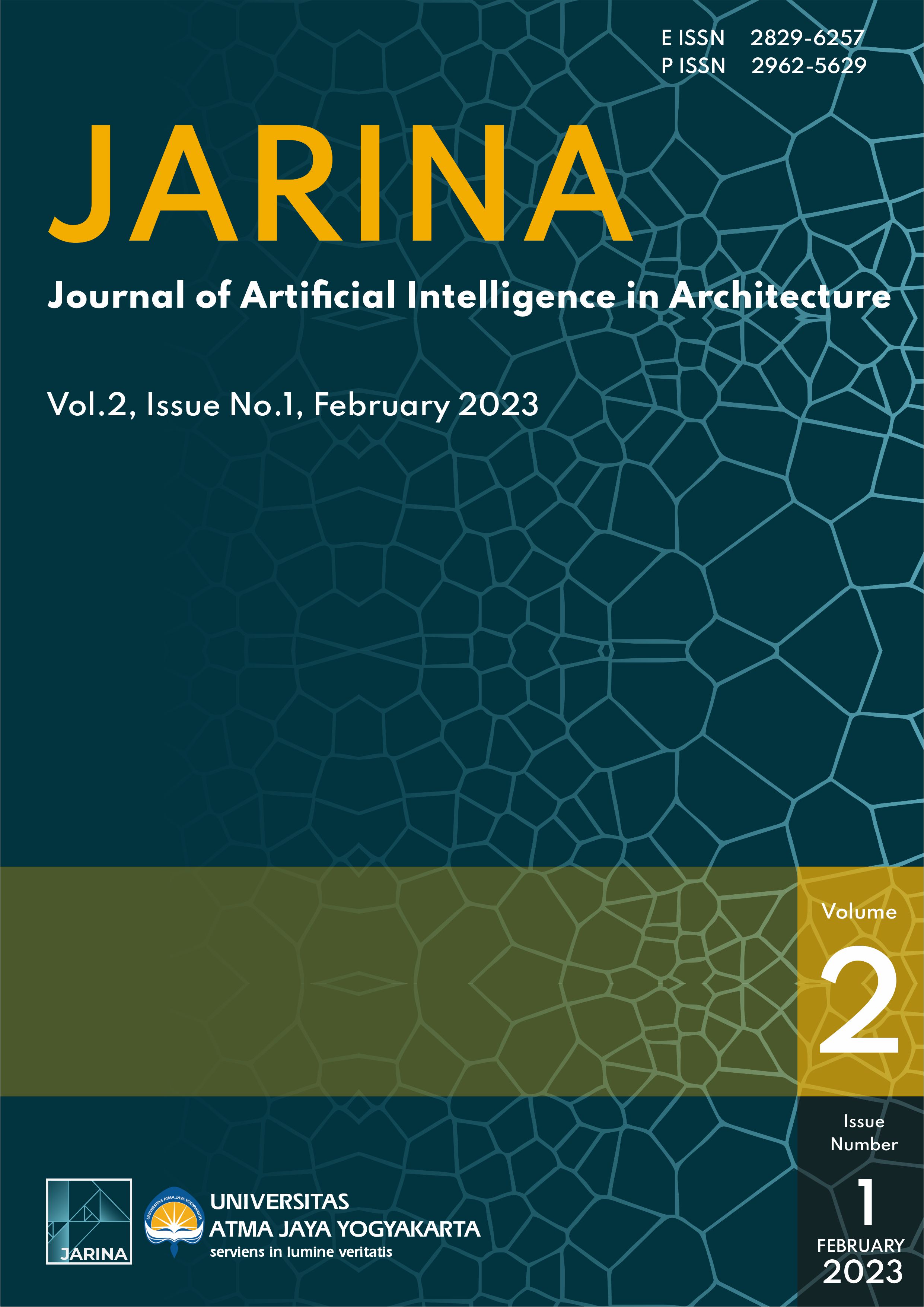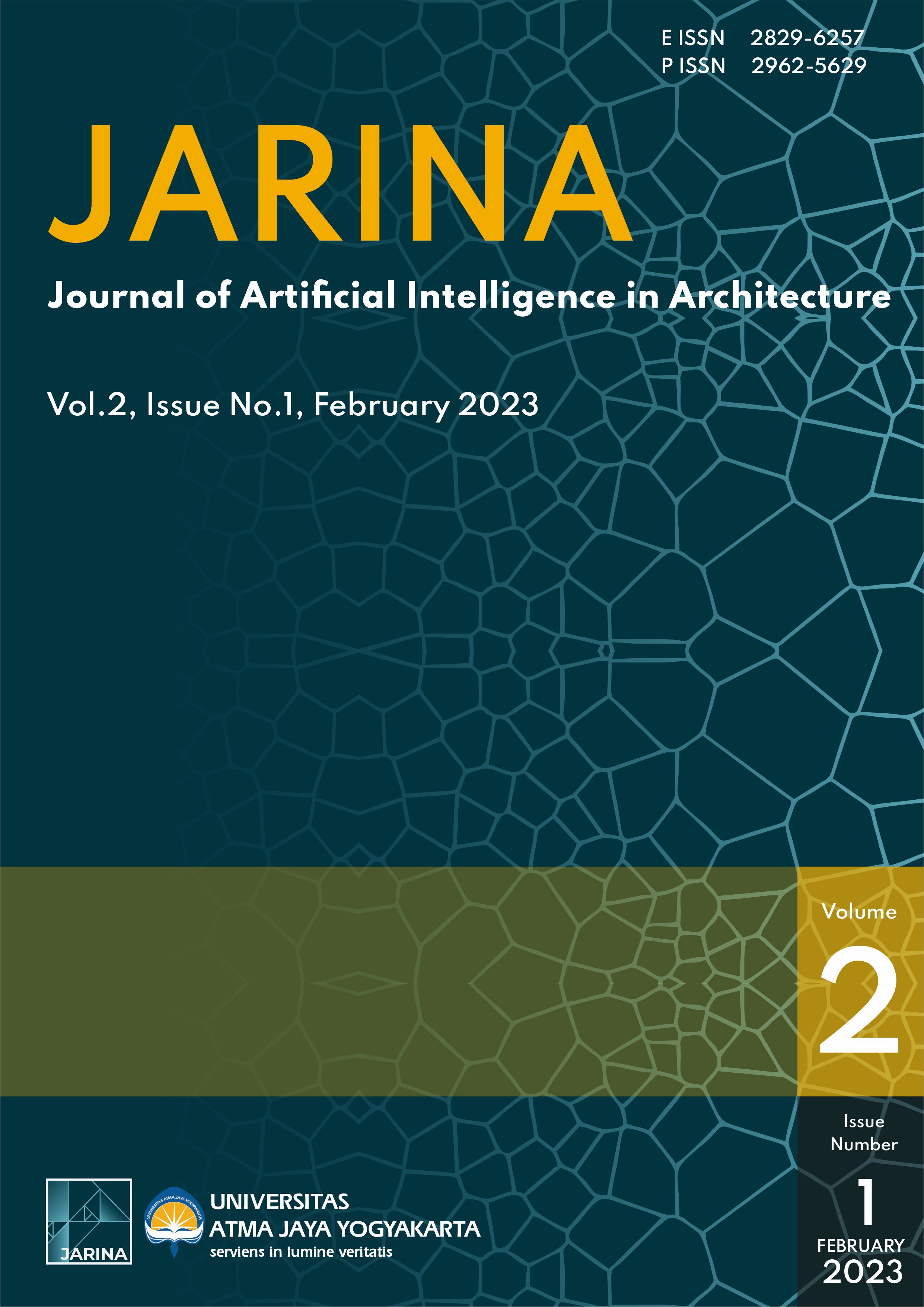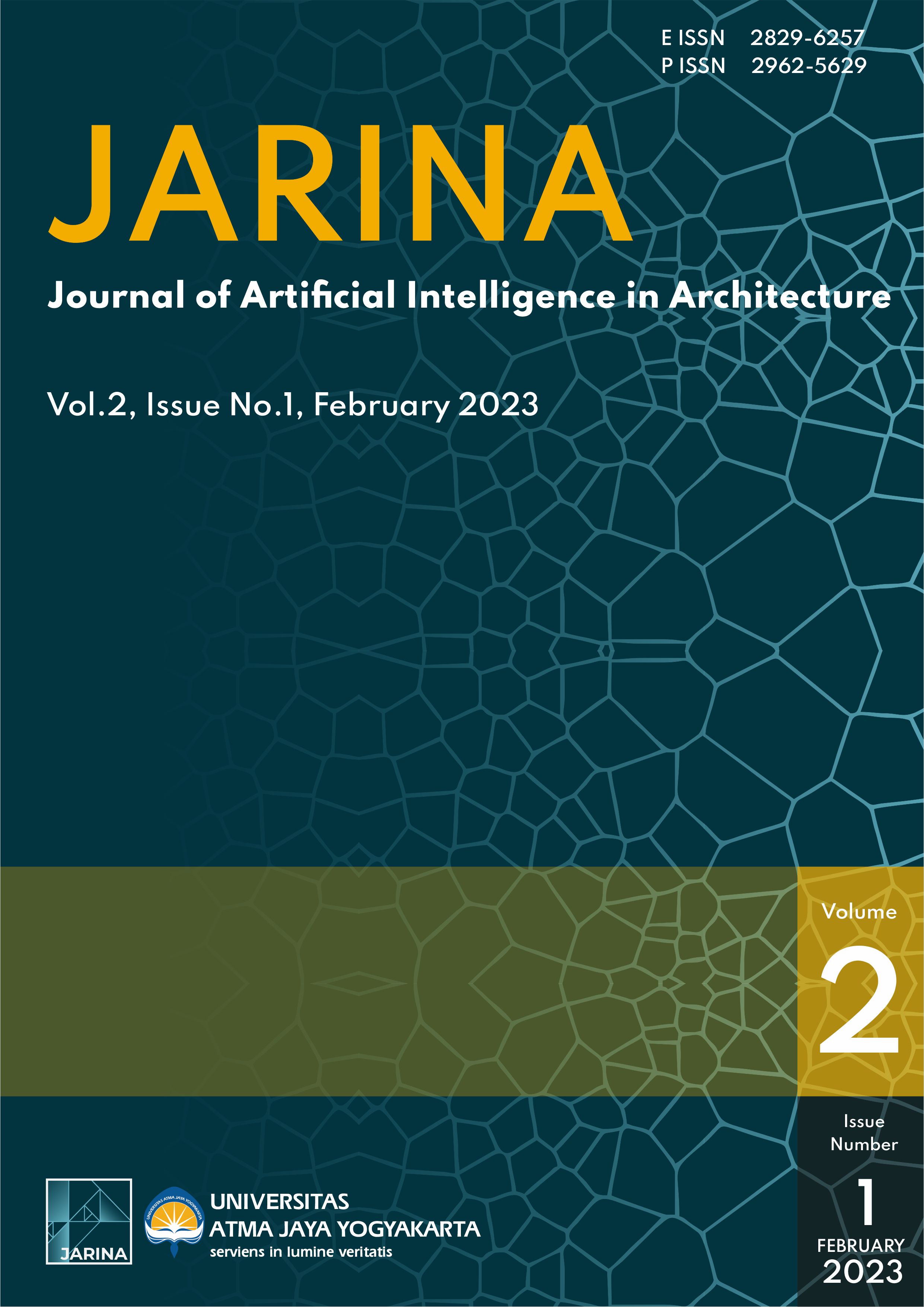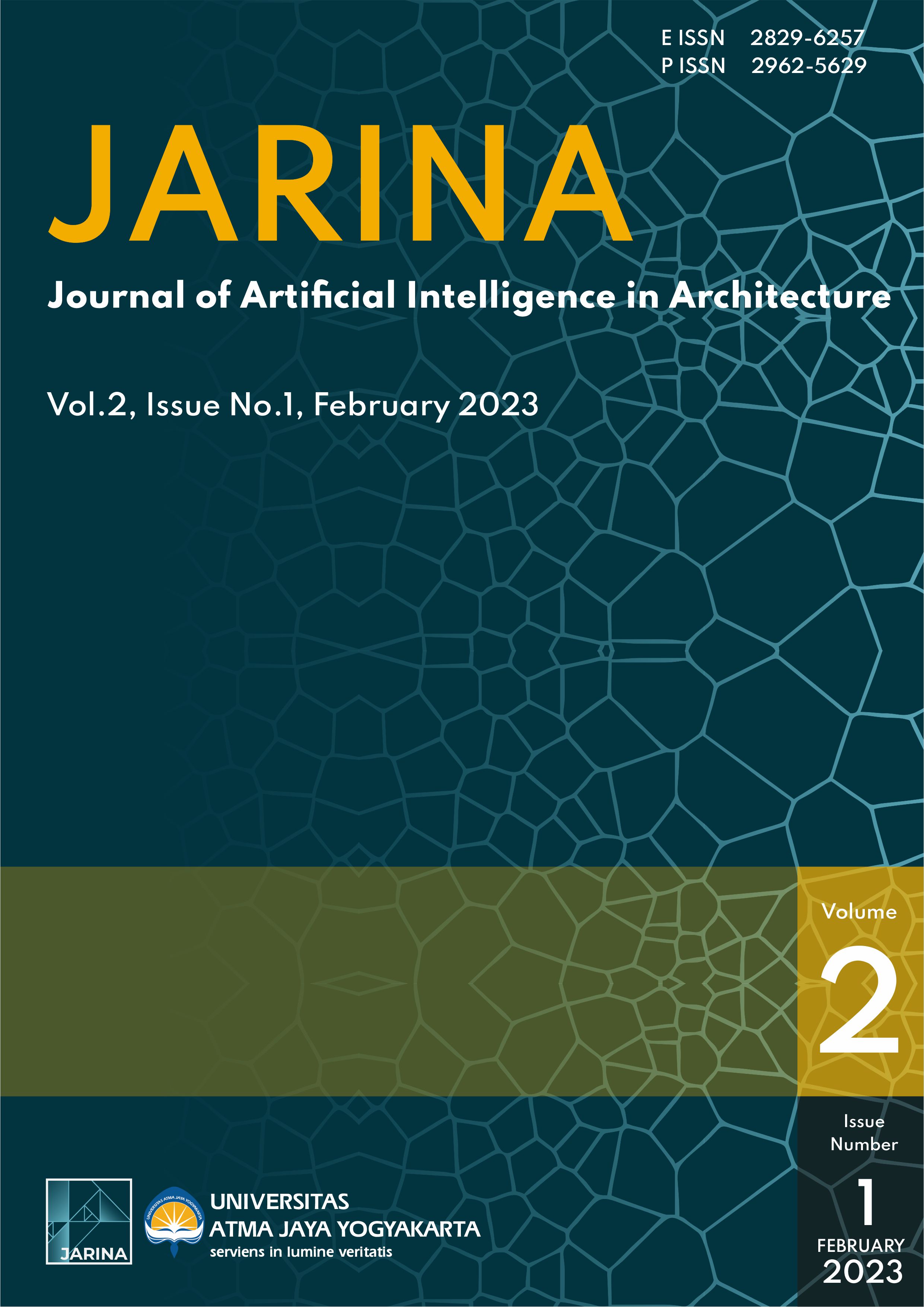Vol. 2 No. 1 (2023): Artificial Intelligence for Design, Sustainability, and Mental Health: Exploring New Frontiers

We are entering a post-pandemic era where human civilization experiences a new, different way of life. During the last pandemic quarantines, technology has been becoming our backbone to overcome the hardships of physical restrictions. As result, digital technology has been blossoming and advancing at an exceptional rate to facilitate our needs in those dire situations. Since then, most of our daily services such as healthcare, food, entertainment, education, government affairs, and many other services have shifted their business orientation to digital technology. This trend continues and culminates at the end of 2022 with the emergence of AI (Artificial Intelligence) chatbots such as Chat GPT and Bard Google AI. Those inventions, according to experts, then are expected to permanently become a part of life and, in turn, might drastically shape our community in every aspect of life, including architecture.
Prior to the pandemic era, since the early 21st century, architecture has already been influenced by the rise of Industrial Revolution 4.0 with the massive inclusion of big data, cloud computing, robotics, artificial intelligence, cybernetics, 3D printing, as well as other forms of design optimization and collaboration. It is interesting to observe how those technologies keep evolving according to dynamic societal trends, such as the integration of AI in the architectural context. To accommodate those issues, this third release of JARINA (Journal of Artificial Intelligence in Architecture) facilitates five authors to present their remarkable research and findings. As an overview, the first author implements a biomimetic approach to figure out the design of an energy-efficient adaptive photovoltaic facade. The second author examines a riverside settlement using simulation modeling techniques to achieve sustainability. The third author develops a therapy room with a neuroarchitecture approach to effectively help people with mental disorders. The fourth author discusses about the presence of artificial consciousness as a continuation of AI inside robots and its implication in architecture. Then, the fifth author presents a review and prospective utilization of AI image generators in the architectural context.
In addition to those papers, we sincerely invite other researchers on digital art, informatics, neuroscience, technology in architecture, building sciences, urban design, and other related topics to join us in JARINA.
We have high expectations that all of the papers in this second issue would inspire our readers to develop architecture and technology for a better future. Lastly, we would like to express our appreciation to all of the authors and parties who were involved in publishing this third issue.
Jackobus Ade Prasetya Seputra
EDITOR IN CHIEF
J A R I N A
Journal of Artificial Intelligence in Architecture
Front Matter
Articles
-
A Review of AI Image Generator: Influences, Challenges, and Future Prospects for Architectural Field
 Abstract views: 14418 times |
Abstract views: 14418 times |  Downloads: 12770 times |
Downloads: 12770 times |
 DOI:
https://doi.org/10.24002/jarina.v2i1.6662
DOI:
https://doi.org/10.24002/jarina.v2i1.6662

